With the winter at a close and summer on the horizon, you can look forward to relaxed spring days and cozy evenings in your outdoor living areas. And if you have a front porch, a swing is a great way to increase seating in your yard, and even add a hint of whimsy to your home.
A variety of porch swings and furniture are available to fit your unique preferences. However, purchasing a swing is just half of the process. To keep the swing in great shape and prevent accidents, you’ll need to add your porch to your list of regular exterior inspections. If you’re new to the world of swings, here’s what you need to know.
Check the Hardware Regularly
With time, your swing can become unstable from unequal weight distribution. Inspect your swing for loose bolts, fasteners, and screws. If screws or washers happen to be loose, tighten them up. If you come across stripped threads, don’t use the swing until they’re adequately replaced. While your swing is down, use a custom tarp to safeguard your swing, and any unwitting swing sitters.
Along with connection points, keep an eye out for damaged chains and hooks. Replace them as quickly as possible. Many hardware stores have tools needed during the installation of replacement parts. Find a store nearby to get your hardware needs sorted.
Add a Cozy Seat Cushion

There are a variety of different porch swing cushions out there. If you want a place to sit occasionally, a thin pad will do the job, but if you want a deeply relaxing experience, a thicker cushion will provide full comfort. Keep in mind; cushions add height to your swing. Adding a 6-inch thick cushion can make it difficult for some adults and children to climb.
Even if your swing is sheltered, it will still be exposed to moisture and sunlight. To protect your cushions from elements, add a set of custom covers to shield them. These covers are comfortable to touch and durable for outdoor use.
Pro Tip: Love sitting outside for hours? Try a nice cushion to add comfort to your swing time. This adornment not only elevates your aesthetic but also provides ample posterior support.
Care for the Wood
Many hardwoods such as teak and cedar are weather-resistant and durable. However, over time, your swing’s wood can develop splinters, raised gains, and cracks due to weathering. Some care for the wood is needed to keep your swing pristine.
Occasional sanding with fine sandpaper will do fine to rid your swing of splinters, while large cracks require more intensive repair. For cracks, use a clamp or wood glue to reposition the wood, then use a polyester resin to fill-up them up. For more solutions, ask your nearby hardware store for improvement recommendations.
Maintain Finishes
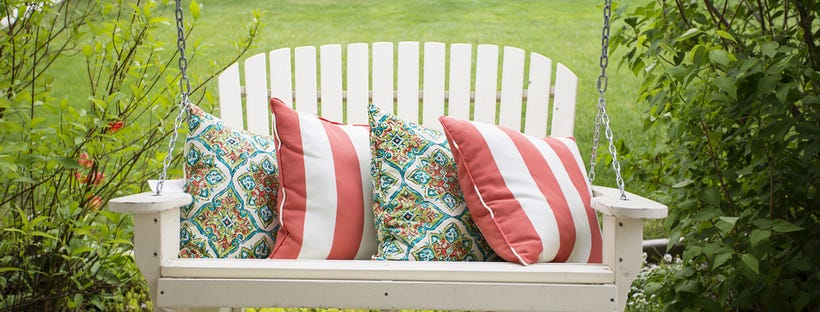
A well maintained finish is necessary to keep your swing looking beautiful for your neighbors. If your swing has a paint finish, give it a makeover with a fresh coat. While repainting, avoid varnishes and teak oil as they damage the wood’s natural oil. This oil keeps the wood free of rot and mildew.
For swings with natural finishing, just preserve the color using a sealant. Make sure to buy the proper sealant for the type of wood your swing uses. Even with sealant, it’s crucial to also protect your swing further. While your preferred methods of transportation may need custom vehicle covers, an insulated cover can be fitted to protect the finish and hardware from tear with made-to-measure specifications.
Take Care of the Chain
Check the porch swing chain you are using to ensure there are no issues with it. If your swing is located in the outdoor room or beneath a porch, there should not be any deterioration or rusting. You can also use chain coverings to protect it from external elements.
If disaster strikes and the chain’s metal gets too wet and starts to rust, you can use penetrant sprays to get rid of the rust. To wipe off excess rust, you can begin brushing and add a lubricant over the affected patch.
Cleaning your Swing
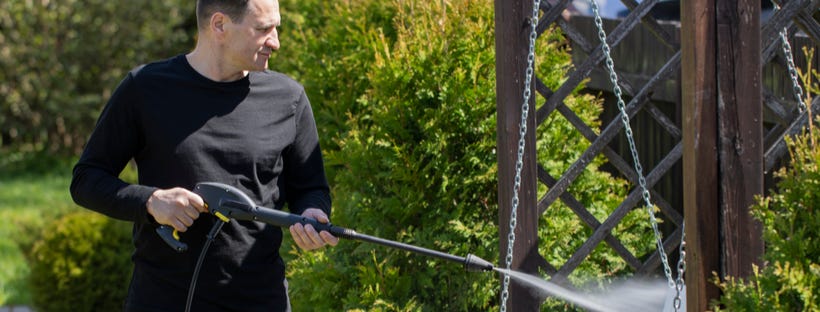
Porch swings need the occasional scrub. Clean your swing with a sponge and mild soapy water or a quick hose down. Remember to dry and clean your swing before sealing or sanding. For grease and water stains, use a mixture of toothpaste and baking soda. Make sure to clean stains as soon as possible, to prevent them from settling in.



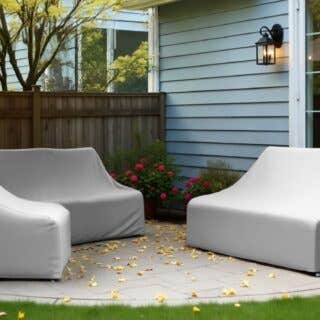


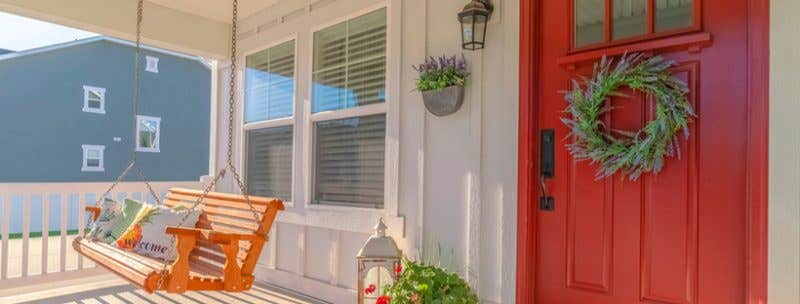


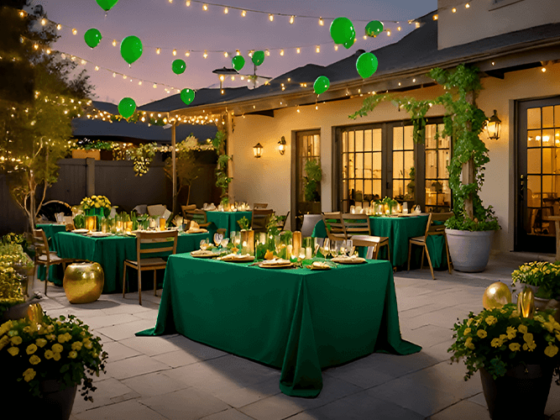







Recent Comments